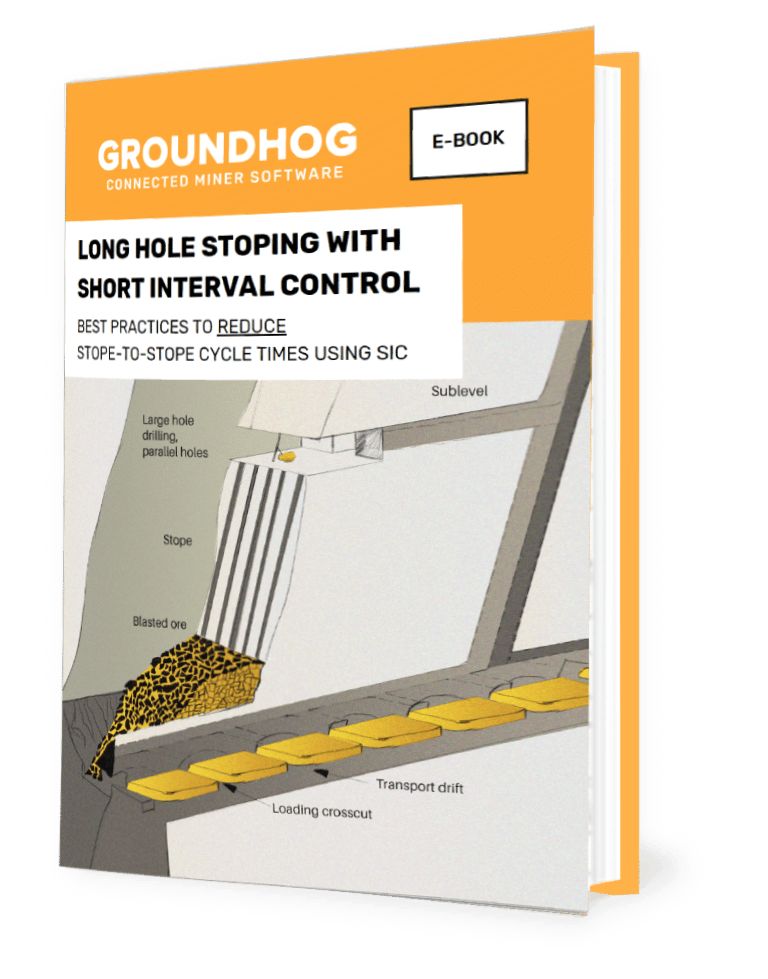Over the past years, sliding productivity and spiralling costs in the mining industry has meant that the impetus for technological change is high. Mining companies remain under exceptional pressure to improve operating efficiencies, enable safer operations and cut costs. The influx of an array of new technologies and digital innovations in the mining industry has the potential to transform key aspects of mining to deliver exceptional stakeholder, customer and environmental value.
In this article, we highlight the top 5 technological innovations in the mining industry that are driving the next wave of transformation.
3D Printing
Mines mostly operate in remote and hostile environments, and downtime of mining equipment could be extremely costly. To ensure continuous running of machines, mining companies incur logistical costs of transporting spare parts during emergencies. 3-D printing (3DP) is the process of making physical objects from a digital model using a printer. Though still in its nascent stage in the mining industry, this technology has the potential to transform the maintenance supply chain for mines by offering quick access to a broad range of spare parts. With 3DP, any item in the digital library can be replicated on site to suit the operations requirement. Production of spare parts on-site and on-demand can reduce lead times and eliminate the cost-intensive process of transporting parts to remote sites in the event of equipment failure. With spare parts stored digitally, warehousing and on-site storage costs could also stay at a minimum.
3D Mapping
This technology enables mining companies to improve mineral recovery by highlighting the most promising areas for excavation, reducing both time and operational costs. 3D images of the mining environment and topography are captured and analyzed to evaluate plans such as targeting of drill holes, to zero in on high-quality ore in the least amount of time.
Drones
Surveying and mapping mining environments are time-consuming, cost-intensive and often dangerous. Drones are used to conduct aerial surveys of mining sites, and relay geophysical imagery and data to surveyors without interfering with regular operations. As opposed to traditional surveying techniques, drones can vastly reduce the time spent by surveyors on-site inspections, thus enabling safer operations. The usage of drones spans visual inspection of equipment across a site to identify maintenance needs, monitoring of ore bodies in real-time and providing surveying and mapping data, among other operator-free tasks. The data gathered can be used for informed decision-making and risk management, thereby improving the bottom line.
Digital Twinning
The ability to create a digital representation of a physical object or asset can provide important data about the asset’s health. This concept, known as digital twinning, will give mines the ability to create digitized versions of components, that are updated in real-time with sensors or tags on the physical equipment. The data gathered can streamline a mine’s maintenance program, by predicting potential outages before they happen, thereby reducing the risk of downtime. Coupled with the Internet of Things, a smart digital twin can even trigger a 3D printer to have its physical replacement ready for the next scheduled operation.
Simulation Modelling
Simulation modelling allows mining companies to analyze their processes in a virtual setting, and project operational performance using what-if scenarios, thereby reducing the time and cost associated with physical testing. Such analysis can highlight current performance levels, bottlenecks and opportunities for improvement. At its core, mining simulation offers a better understanding of key drivers, ore bodies or plant operations and helps firm plans to meet production goals at the lowest cost.
It is becoming increasingly evident that technology will play a growing role in the mine of the future, and is set to change the way miners operate. Though innovations in the mining industry are in varying stages of maturity, early adopters have witnessed improved productivity, cost savings and safety advancements. To stay competitive, miners will need to integrate these technology innovations into every facet of the business.


